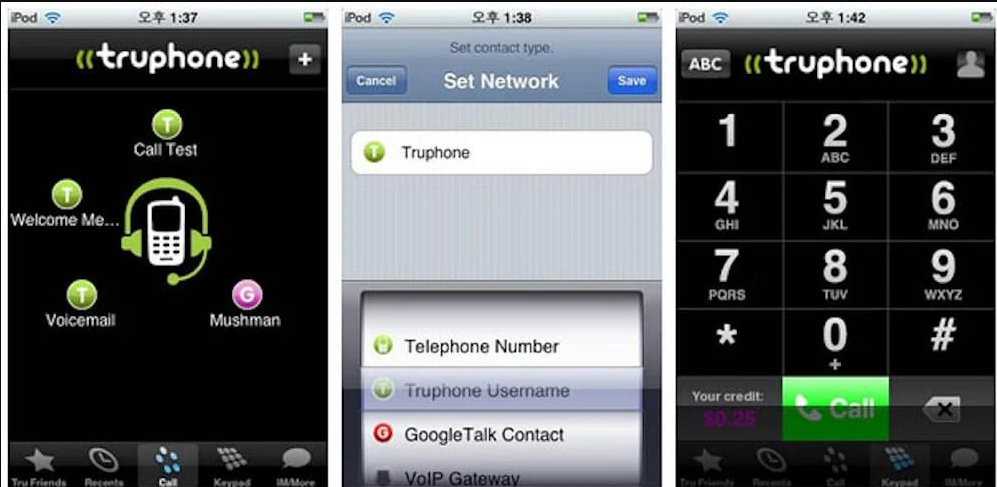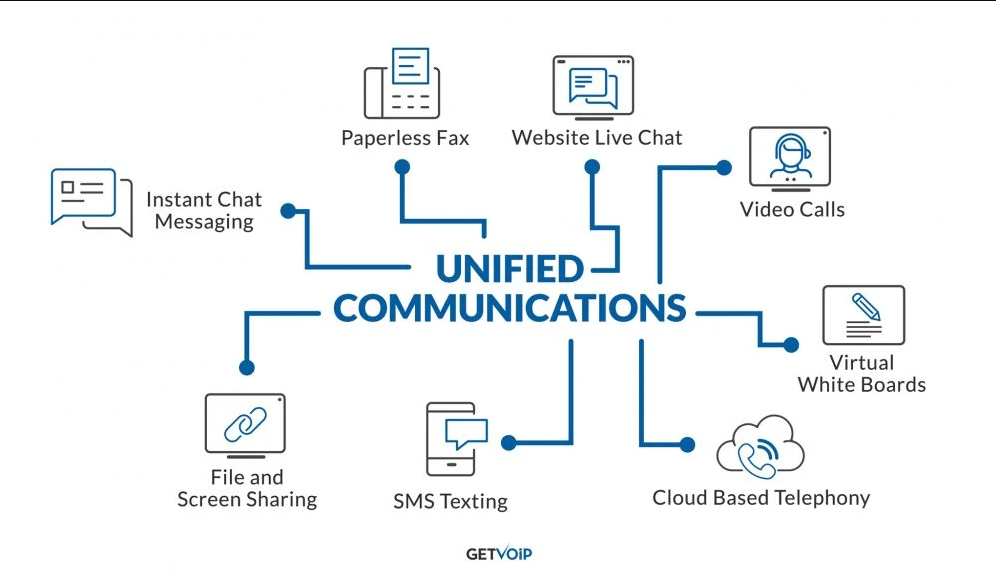2003-2004: Skype and Vonage
In 2003, Skype — the company that would become the best-known name in video calling of its time — was founded in Estonia.
It allowed for free in-network communications and charged users who needed to make calls via the PSTN. At this time, it was audio-only.
However, its hybrid P2P and a client-server system meant that it could soon offer video calling, file sharing, Skypecasting, and more. It was acquired by eBay in 2003, and Microsoft in 2011.
Soon, countless Skype alternatives emerged on the market.
Vonage for Business was developed in 2004 and had roughly 2 million subscribers by 2006.
2004: The FCC Weighs In
Up until this time, regulations surrounding VoIP calling were shaky at best.
In 2004, Federal Communications Commissioner Chair Michael Powel declared that VoIP was an information service, not a phone service. Not only did this decrease taxes for VoIP customers, but it also meant states couldn’t regulate VoIP services.
In 2005, VoIP services that connected to the PSTN were required by law to be able to make e911 calls. Firm call recording laws were also established.
2005-2006: The Rise of Mobile VoIP

In 2005, Calypso Wireless released the C1250i, the first-ever mobile phone with Wi-Fi connectivity.
The C1250i allowed users to seamlessly switch between standard cellular link towers and Wi-Fi connections, which made real-time, two-way video conference calls and IP phone calling possible.
In 2006, Truphone, the first mobile VoIP app was launched for Nokia phones, iPhones, Androids, and Blackberry users.
This app let users make free in-network telephone calls, send free in-network texts, and make VoIP calls via the PSTN. The app used SIP to make calls over the Internet connection, not via cellular networks.
2010-2016: VoIP Goes Mainstream
By 2012, hosted VoIP telephone services were growing at a rate of roughly 17% per year, while SIP trunking saw an 83% growth from 2011-2012.
By 2015, many businesses were either transitioning to VoIP voice calls or already had IP telephony in their office. It had become such a large market that AT&T petitioned the FCC to allow VoIP phone companies to discontinue the use of copper wire in favor of fiber optic cables and IP switches.
During this time, there was a boom in VoIP providers that fostered competition in the form of different pricing and features packages and a greater focus on mobile VoIP.
2016-2020: Remote Work, VoIP, and Unified Communications

VoIP technology in the United States alone had already become a $20 billion industry in 2018 and saw a growth rate of more than 28% between 2016 and the start of 2020.
So, while the VoIP industry was on track to become the new normal, the Coronavirus pandemic that began in early 2020 accelerated that timeline. A nearly overnight increase in remote work left businesses scrambling to address remote communication needs.
Omnichannel routing and unified communications, powered by VoIP technology, allowed remote teams to connect with one another and clients via multiple channels on any device, including:
- Video chat
- Softphone apps
- Conference phone calls
- Multiple phone lines
- Team chat messaging
- Website chat
- Virtual voicemail
Integration with CRM software that provided essential customer history on incoming callers became another essential feature of business VoIP phone systems.
The Future of VoIP
Studies from Gartner predict that roughly 90% of all IT leaders will stop buying on-premises communications altogether by 2021.
In other words, it might not be too long before traditional landline desk phone systems are relegated to museums.



